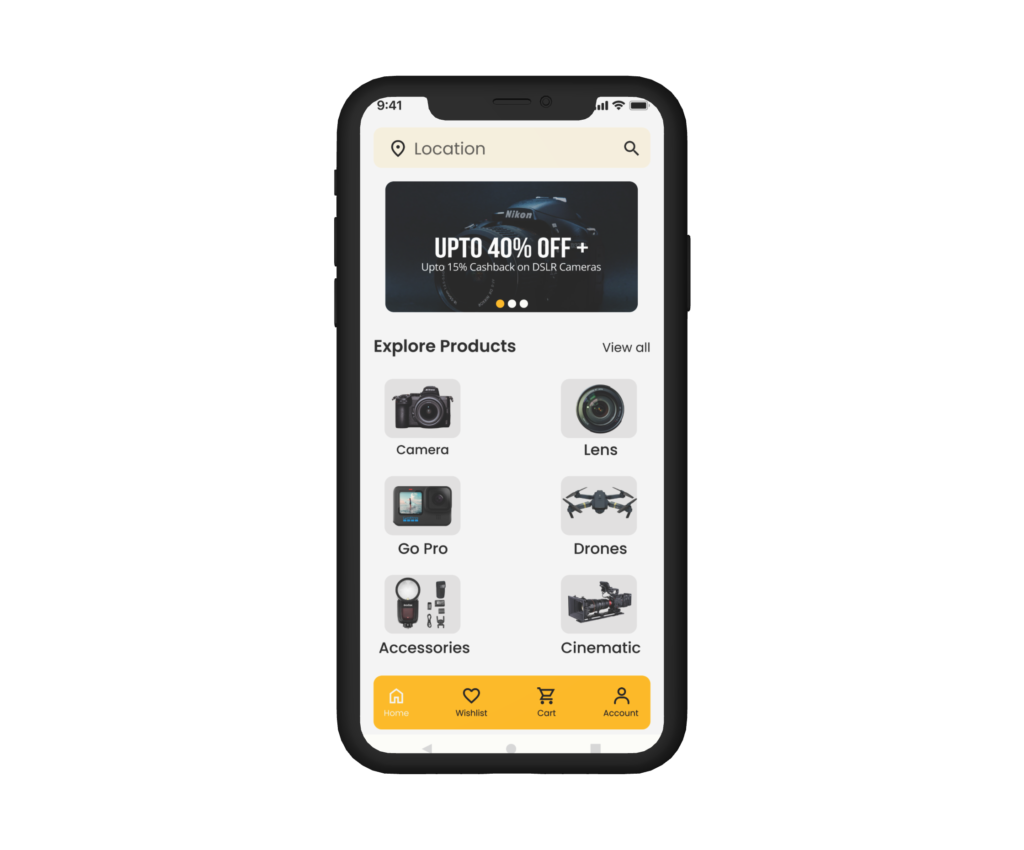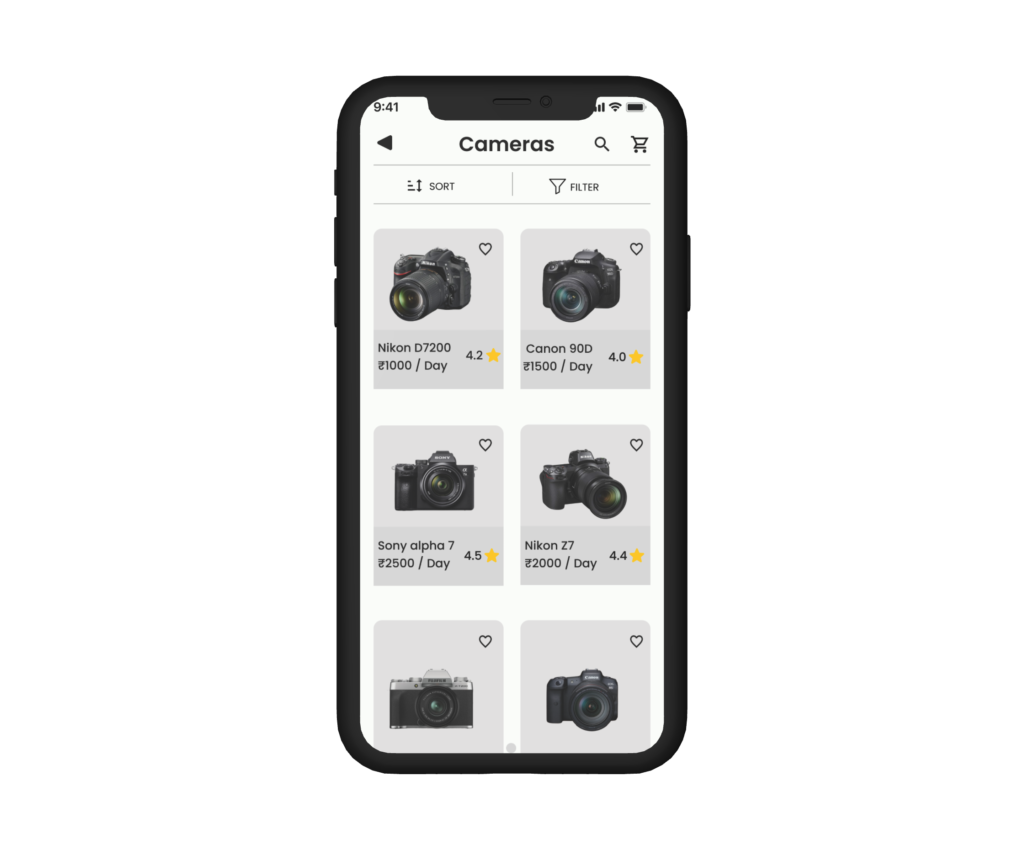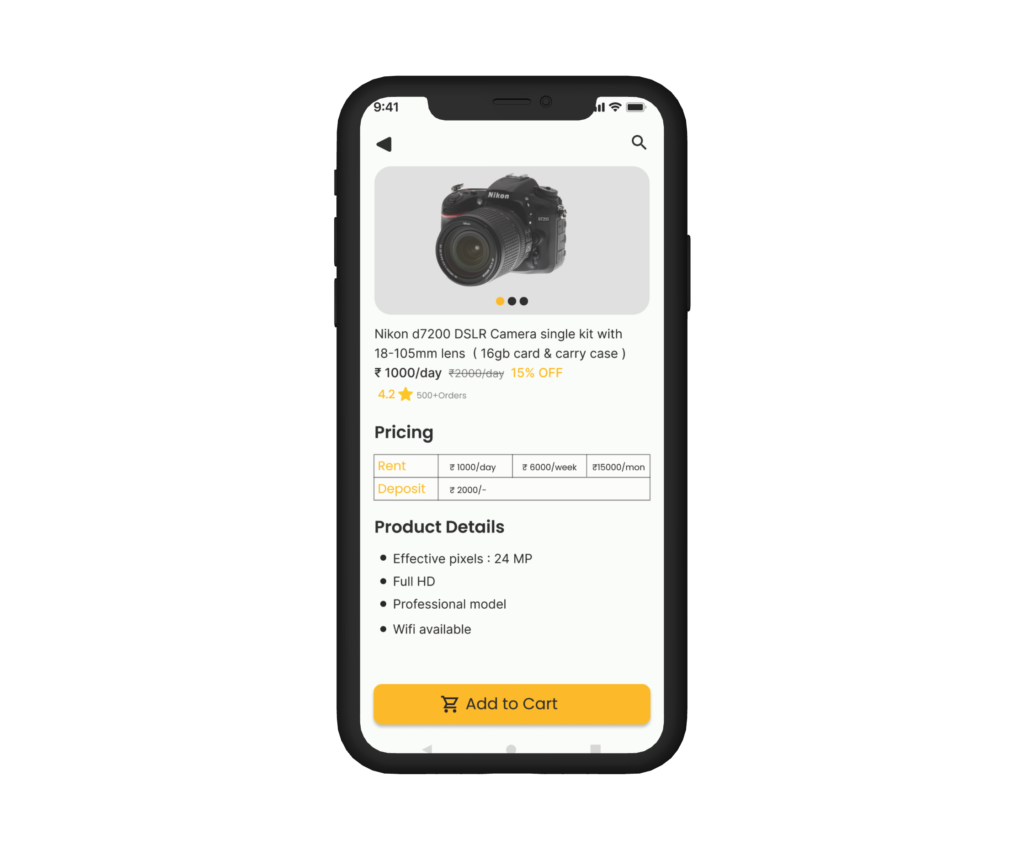What We Provide In Camera App
Photography has come a long way from the days of bulky cameras and darkrooms. In today’s digital age, the camera has become an integral part of our daily lives, thanks to the proliferation of camera apps on our smartphones. These apps have turned our devices into powerful tools for capturing, editing, and sharing moments with the world. In this comprehensive guide, we will delve into the world of camera apps, exploring their benefits, essential features, major players in the industry, and how to develop a successful camera app. Additionally, we will discuss the technologies, time frames, and costs involved in creating your own camera app. So, let’s embark on a journey to discover how camera apps are changing the way we preserve memories and express our creativity through photography.

Benefits of Camera Apps
Camera apps have revolutionized the way we capture and share moments, offering a wide range of benefits:
- Portability: Camera apps transform our smartphones into portable, high-quality cameras that are always within reach.
- Instant Results: With camera apps, you can instantly review and retake photos, ensuring you capture the perfect shot.
- Editing Capabilities: These apps offer powerful editing tools, allowing users to enhance their photos with filters, effects, and adjustments.
- Sharing: Camera apps streamline the process of sharing photos on social media platforms, helping users connect and express themselves.
- Creativity: Users can experiment with different shooting modes, filters, and effects to express their artistic vision.
- Convenience: Camera apps eliminate the need for carrying a separate camera, making photography more accessible and convenient.
Features of Camera Apps
Camera apps are equipped with a variety of features that enhance the photography experience:
- Auto Mode: Automatically adjust settings like exposure, focus, and white balance for optimal results.
- Manual Mode: Allow users to manually adjust settings such as ISO, shutter speed, and aperture for more creative control.
- Filters and Effects: Provide a range of filters and effects that users can apply to photos for artistic flair.
- HDR (High Dynamic Range): Capture multiple exposures and merge them to create photos with enhanced detail in both shadows and highlights.
- Portrait Mode: Simulate the depth of field effect to create professional-looking portrait photos with blurred backgrounds.
- Panorama Mode: Stitch multiple photos together to create panoramic views of landscapes or scenes.
- Burst Mode: Capture a rapid series of photos with a single press of the shutter button to ensure you capture the perfect moment.
- Timelapse and Slow-Motion: Record timelapse videos or slow-motion clips to add creativity to your photography.


Functionalities of Camera Apps
A successful camera app should encompass a range of functionalities to provide an outstanding photography experience:
- Camera Modes: Include various shooting modes such as auto, manual, portrait, HDR, and panorama.
- Manual Controls: Offer manual controls for settings like ISO, shutter speed, aperture, and focus.
- Filters and Effects: Provide a selection of filters, effects, and presets for users to enhance their photos creatively.
- Editing Tools: Integrate editing tools for adjusting exposure, contrast, saturation, cropping, and more.
- Timelapse and Slow-Motion: Allow users to capture timelapse videos and slow-motion clips directly within the app.
- Cloud Storage Integration: Offer integration with cloud storage services to back up and synchronize photos.
- Social Sharing: Streamline the process of sharing photos on social media platforms and photo-sharing communities.
Technologies, Time Frame, and Cost
Developing a camera app involves several considerations, including the choice of technologies, time frame, and costs:
- Technologies: Depending on the platform (iOS, Android, or both), technologies like Swift, Kotlin, React Native, or Flutter may be used for frontend development. Backend technologies may be required for cloud storage and user account management.
- Development Time Frame: A basic camera app can take approximately 2-4 months to develop, while a more feature-rich app may require 4-6 months or longer.
- Cost Range: Development costs can vary based on complexity and features. Basic apps may start at $30,000 – $50,000, while medium complexity apps can range from $50,000 – $100,000, and complex apps may exceed $100,000 in development costs.
